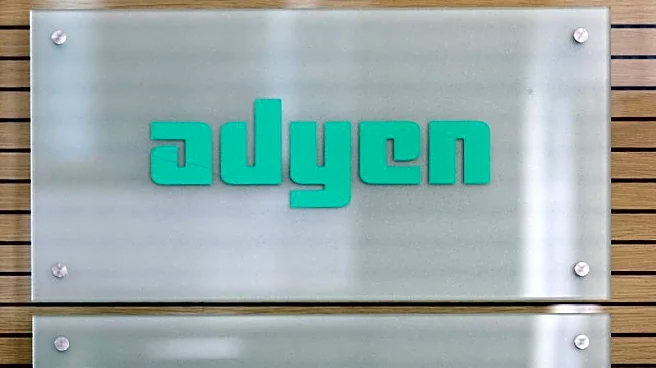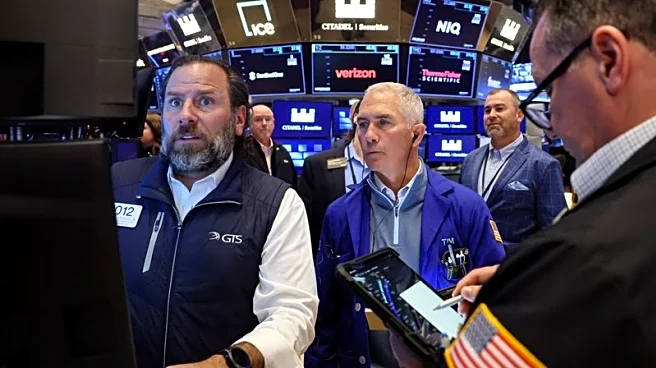What's Happening?
A new survey titled 'Modern Japanese Printmakers: New Waves and Eruptions' by Malene Wagner explores the work of 44 modern Japanese artists, showcasing their contributions to printmaking from the early
20th century to the present. The book highlights artists such as Saitō Kiyoshi, influenced by European artists, and Shinoda Tōkō, who developed her own style from traditional Japanese calligraphy. Additionally, Monacelli has released the first monograph of US artist Nina Chanel Abney, featuring her diverse works across various media. The publication delves into Abney's exploration of themes like Black sexuality, the US election cycle, police brutality, and national identity, with insights from Thelma Golden, director of The Studio Museum in Harlem.
Why It's Important?
These publications provide significant insights into the evolving landscape of art, highlighting the cultural and historical influences on modern Japanese printmaking and the contemporary issues addressed by Nina Chanel Abney. The survey of Japanese artists underscores the global exchange of artistic ideas and the adaptation of traditional techniques to modern styles. Abney's monograph offers a critical examination of pressing social issues through art, reflecting the intersection of race, politics, and identity in the United States. These works contribute to the broader discourse on art's role in society, offering both historical context and contemporary relevance.
What's Next?
The release of these publications may inspire further academic and artistic exploration into the themes and styles presented. Art enthusiasts and scholars might engage in discussions or exhibitions that expand on the topics covered, such as the influence of European art on Japanese printmakers or the societal impact of Abney's work. Additionally, these books could lead to increased visibility and recognition for the featured artists, potentially influencing future art trends and educational curricula.
Beyond the Headlines
The exploration of Japanese printmakers and Abney's work highlights the ethical and cultural dimensions of art. The adaptation of traditional Japanese techniques to modern styles raises questions about cultural preservation and innovation. Abney's focus on social issues through art challenges viewers to consider the ethical implications of representation and activism in the art world. These publications may also influence long-term shifts in how art is used to address societal challenges and foster cultural understanding.













